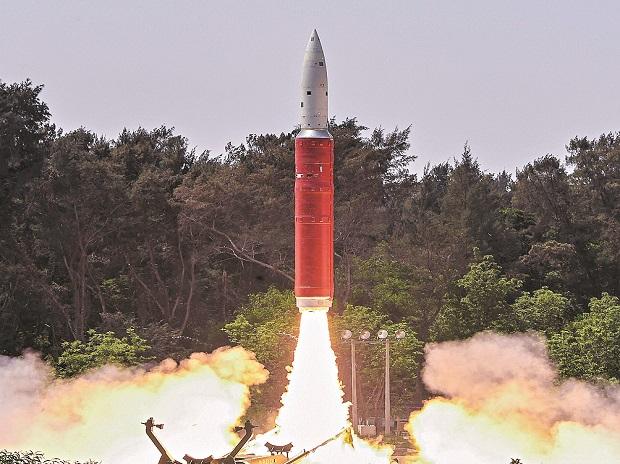
India's daring space accomplishment may have backfired

India’s “feat” in test-destroying its own satellite in orbit last week, announced by Prime Minister Narendra Modi, triggered the risk of 400-odd debris hitting the International Space Station (ISS).
The US’s National Aeronautics and Space Administration (NASA), which monitors these events closely, said 24 pieces of the debris went above the apogee of the space station endangering it and the lives of the astronauts in it.
Possibly fearing such a possibility and not wanting to appear belligerent, India had desisted from such a test in the past though it had the knowhow at least a decade ago, according to reports quoting scientists from India’s Space Research Organisation (ISRO) .
Criticising the Indian action, NASA chief Jim Bridenstine described it as a “terrible thing”. Not all of the pieces were big enough to track, Bridenstine explained. “What we are tracking right now, objects big enough to track — we’re talking about 10 cm (six inches) or bigger — about 60 pieces have been tracked.”
NASA’s reaction has come five days after India shot down a low-orbiting satellite in a missile test to prove it was among the world’s advanced space powers.
In India, Modi’s national address to announce the achievement caused controversy as it came ahead of the parliamentary elections at a time when the election’s Model Code of Conduct is in place. During this period, no central or state minister including the prime minister or the chief minister of any state or any official of the government can do anything that may unfairly prejudice the choice of voters in their favour. The Election Commission subsequently cleared Modi of violating the code of conduct rules on this issue.
The Indian satellite was destroyed at a relatively low altitude of 180 miles (300 km), well below the ISS and most satellites in orbit. But 24 of the pieces “are going above the apogee of the International Space Station,” said Bridenstine. “That is a terrible, terrible thing to create an event that sends debris at an apogee that goes above the International Space Station,” he continued, adding: “That kind of activity is not compatible with the future of human spaceflight.” “It’s unacceptable and NASA needs to be very clear about what its impact to us is.”
The US military tracks objects in space to predict the collision risk for the ISS and for satellites. They are currently tracking 23,000 objects larger than 10 cm. That includes about 10,000 pieces of space debris, of which nearly 3,000 were created by a single event: a Chinese anti-satellite test in 2007 at 530 miles from the surface. As a result of the Indian test, the risk of collision with the ISS has increased by 44% over 10 days, Bridenstine said. But the risk will dissipate over time as much of the debris will burn up as it enters the atmosphere.

